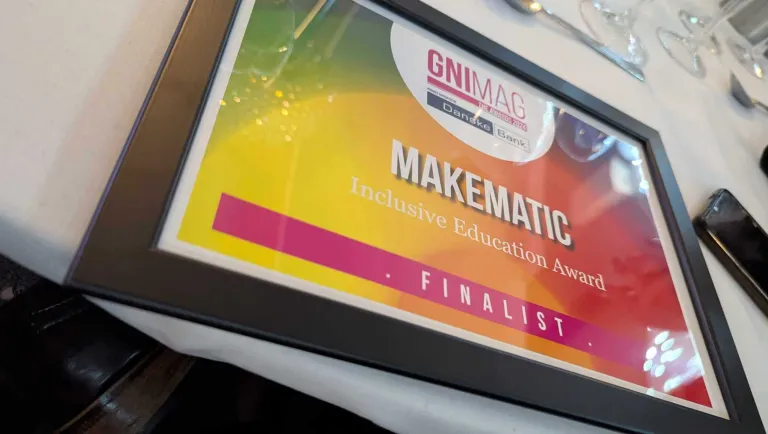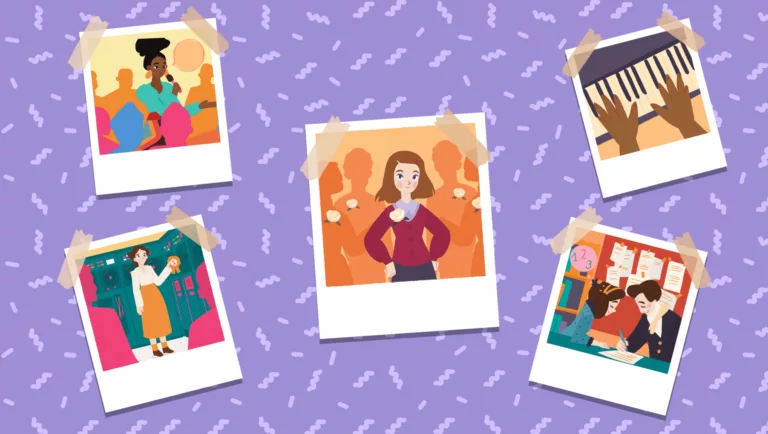
The Best Ed-Videos Have 4 Things In Common
There are millions of ‘educational’ videos on the Internet, but we all know that not all educational videos are created equal. With a whopping 80 - 90% of educators using curriculum relevant video content as part of their repertoire, it's important to know what to look for when choosing videos for impact and engagement. So when looking for educational videos to use in the classroom or at home, here are 4 things that you need to look for.
Bite-sized Content Reigns Supreme
The shorter the video the better. Any video over 6 minutes in an educational setting is too long. Videos up to 6 minutes in length help viewers retain information, improve motivation and performance, support the viewers sense of autonomy, facilitate self-directed learning and engage learners in blended and online working environments.
Informal Language And Conversational Tone
Look for narrators and presenters who speak quickly, enthusiastically and informally. A conversational style encourages viewers to develop a relationship or partnership with the narrator. This in turn increases viewer engagement.
Active Learning or Interactivity
Guiding questions and calls to action increase active learning. Interactivity is another version of active learning. This includes being able to control movement whilst watching the video. Examples of this include selecting important sections to review as well as having the ability to move backwards if desired.
Cognitive Load Principles
Videos that use the cognitive load theory of multimedia learning can engage viewers, increase their retention and their ability to transfer new knowledge. But what exactly are these principles? There are four that you probably won't be unfamiliar with - signalling, segmenting, weeding and matching modality. I've summarised them below.
Signaling. The use of symbols and graphics to highlight important information. For example key words are highlighted on screen or colours change to emphasise relationships.
Segmenting. The chunking of information to help viewers to engage with small pieces of information. For example the inclusion of chapters to click the video forward.
Weeding. The elimination of interesting but extraneous information from the video. In other words, information that does not contribute to the learning goal of the video is absent. For example videos with a lack of complex backgrounds or music have used weeding.
Matching modality. The process of using both audio/verbal with visuals to convey new information. For example narrated animations or tutorials that illustrate or explain concepts or ideas.
So whilst you are sifting through the multitude of trashy content out there, I'm hoping that this guide will make it easier to find the video gems to engage and empower those you teach.
Check out the videos we've created using the principles described above here.
Let's Work together


Makematic Partners with Rebel Girls for New Video Series

